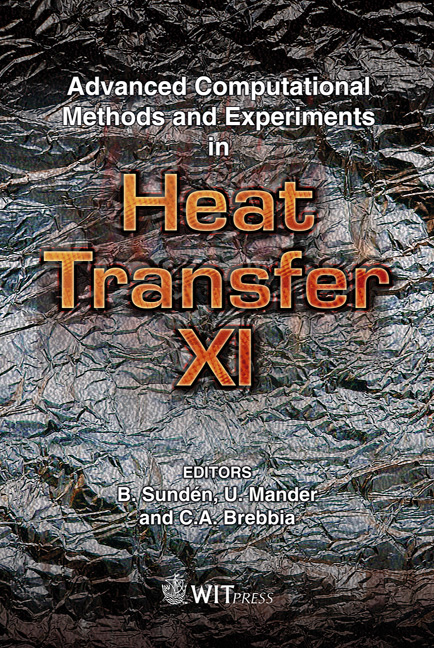Modelling Of The Thermal Response Of A Multi-tray Food Self-heating Unit
Price
Free (open access)
Transaction
Volume
68
Pages
12
Page Range
123 - 134
Published
2010
Size
3,843 kb
Paper DOI
10.2495/HT100111
Copyright
WIT Press
Author(s)
S. H. Ho, M. M. Rahman & A. K. Sunol
Abstract
This paper presents the modelling and numerical simulation of heat transfer in a multi-tray food self-heating unit for fielded group meals. The unit includes a stack of four tray sets contained in a corrugated cardboard box. Each tray set has a polymeric tray containing a different type of food, a heater inserted beneath it, and a heating tray that houses both of them. The heater generates heat based on a water-activated exothermic chemical reaction. The original heating profile was derived from an approximate analytical solution of the equations of chemical reaction and energy conservation and had the form of an exponential decay function. It was curve fitted against experimental data found from literature for actual values used in simulation. A system of governing equations for transient heat conduction in the composite medium of the stack of four tray sets was solved numerically for temperature distribution within the entire domain. Rectangular- and triangular-shaped heating profiles were also considered for a parametric study on heating profiles. Solutions for different heating profiles were compared. It was found that heat generation of each heater significantly affects the thermal response of a food self-heating unit. The results show that a proper combination of heating generation from different heaters can improve the thermal performance of the unit while reducing cost and weight. The results are useful for designing and optimizing multi-tray food self-heating units. Keywords: food self-heating, exothermic chemical reaction, heat conduction.
Keywords
food self-heating, exothermic chemical reaction, heat conduction





